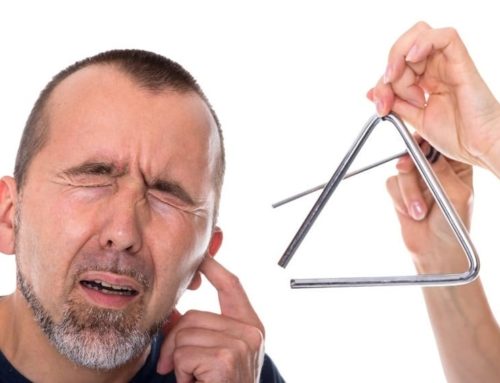Have you thought about how you would like your hearing aids?

Like computers, tablets and phones, innovations in hearing aid technology is improving quickly. Hearing aids have more and more functions and features which fit into tiny packages that sit in or behind your ear. Current hearing aids do more than compensate for hearing loss with amplification. They are small computers that measure your sound environment then modify the way they amplify to maximise your hearing clarity.
When getting hearing aids, we need to consider the technology level and functionality that will best compensate for your hearing loss. There are also other features and additional connectable technology you might find useful to make life easier.
Getting the right hearing aids for you
Excellent core hearing aid functionality is key to success. Choosing the correct level of amplification, fitting to your ear and technology level for your hearing needs must be guided carefully by your Audiologist. Follow this link for more details about how we go about assessing your listening needs.
Once we have decided on the right hearing aid technology for you, we can consider the added features that are available. These can help with ease of use, connectivity and better hearing in specific listening environments. These features are available at most technology levels. Once we have decided on the right hearing aids for you, we can determine the technology level to go along with them.

What recent innovations should you consider for you hearing aids?
Control your hearing aids with an app
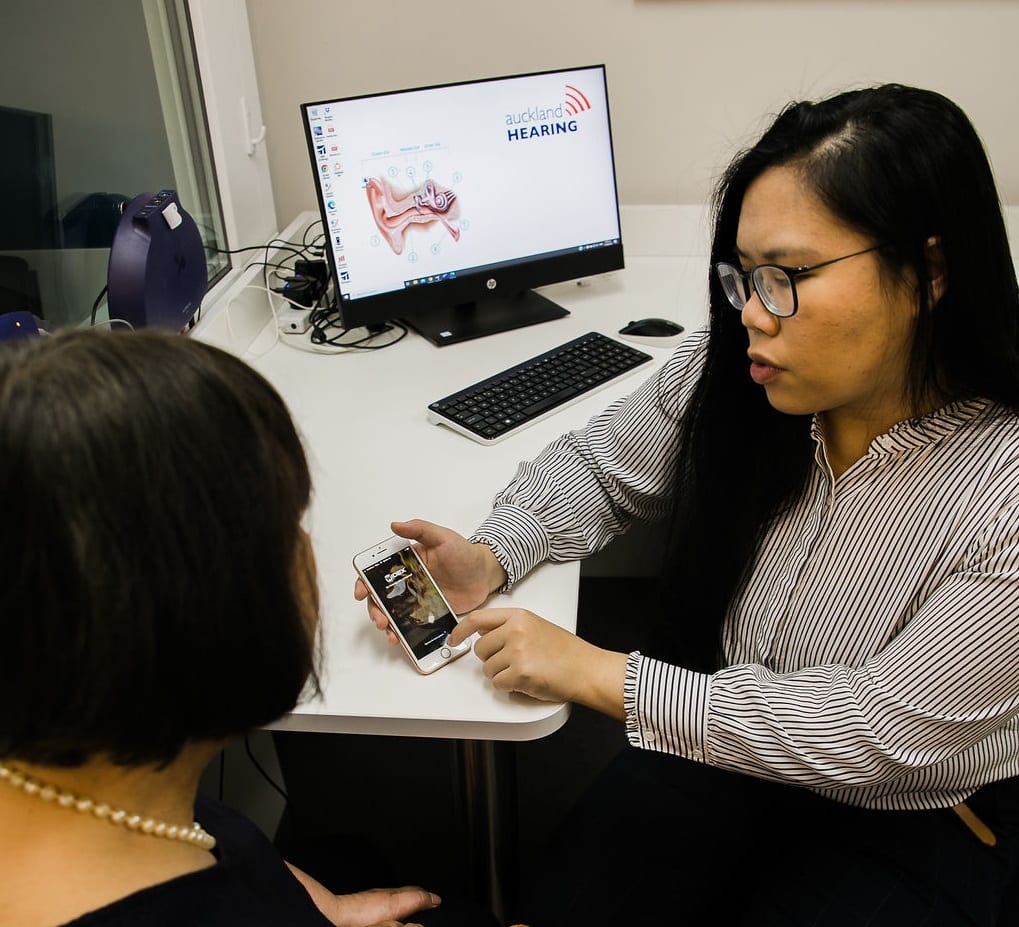
In an ideal world, hearing aids measure the sound environment, highlight the sound you want to hear and bring it to you with increased clarity. In most cases, hearing aids do this well. However, at times, you may wish to adjust the hearing aid sound for the environment you are in. You may want to appreciate the nuances of music, hear the person who is speaking from behind you, like in a car; or understand better in a particularly reverberant (echoey) room.
In these cases, you may want to change the way the hearing aids are working; adjust the volume or focus on sound in a particular direction. These are the situations where a remote-control app may come in handy. Apps usually give you the option to change your hearing aid volume, program setting and, in some cases, pitch and adjust how the hearing aids respond in noise.
Rechargeable batteries
Rechargeable batteries in hearing aids have been available for several years. Within the last year, we have seen a surge of new rechargeable hearing aids from more manufacturers with improved battery life. The three main reasons to choose rechargeable hearing aids:
- Simplicity – pick up your hearing aids and put them on in the morning and at night put them back in the charger. No need to open battery doors to turn them off or having batteries run out unexpectedly.
- The environment – many people are aware of the waste they create when they dispose of used hearing aid batteries every week or two.
- Less cost and hassle– although the battery charger costs a little more at the beginning, there is an overall cost saving when choosing rechargeable hearing aids. There is also the added convenience of not having to think about buying batteries.
Connectivity – hear directly from your phone
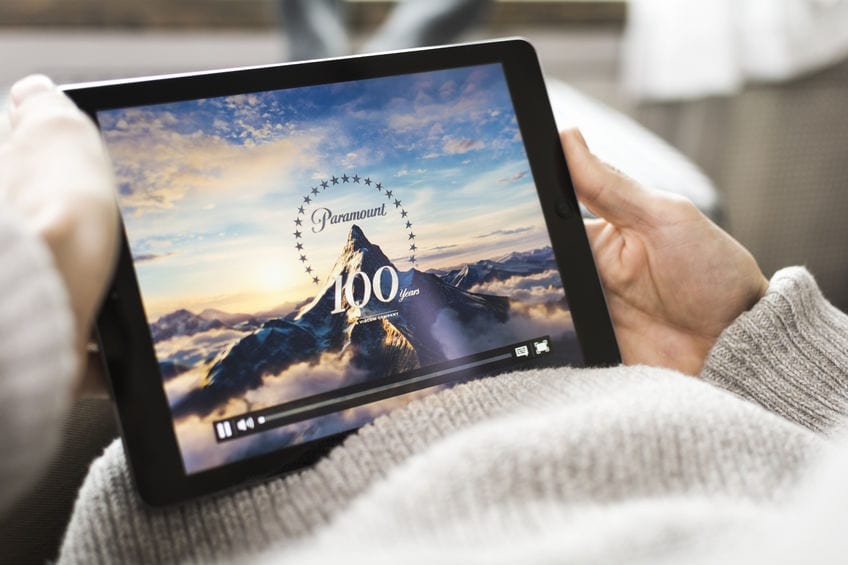
Brain and body tracking
New hearing aids from Starkey and Oticon can now work as a fitness tracker, measuring the steps you do each day. Some hearing aids have inbuilt systems to keep you active both physically and cognitively. Features released in 2019 in by Starkey are:
- Track your daily steps and set a goal to encourage you to stay active every day.
- Fall detection – they will send family members a text if you fall
- On the horizon – Heart rate measurements – which can send an alert if the wearer is soon to have a heart attack and send a text message to up to 3 family members. A special earmould detects your heartbeat.
- Your hearing aids can measure the amount of time you are using them and you can see your usage on the app. We know from research that the more you wear your hearing aids the better it is for your brain and cognitive function (including memory).

Hearing aids self check
Hearing aids self check lets you know if you hearing aids are working as expected. When the hearing aids are new, we run a check in the office. Then at anytime this test can be rerun with the results compared to the initial test. The hearing aids will let you know if they are working as expected or if they are not working correctly which part of the hearing aids needs to be repaired. The microphone, amplifier or receiver (loud speaker). This allows for accurate trouble shooting and keeping your hearing aids working as expected at all time.
Remote microphone technology
One of the biggest challenges for people with significant hearing loss is hearing across distance. Speech understanding can be difficult over more than a few meters, even the best hearing aid technology. Another built-in advantage of the connectivity is that you can use your phone as a remote microphone. Just put your iPhone at the other end of the table or give it to the person with the quiet voice. The sound that reaches the iPhone microphone (or a connected remote microphone) and will be sent directly to your hearing aids.
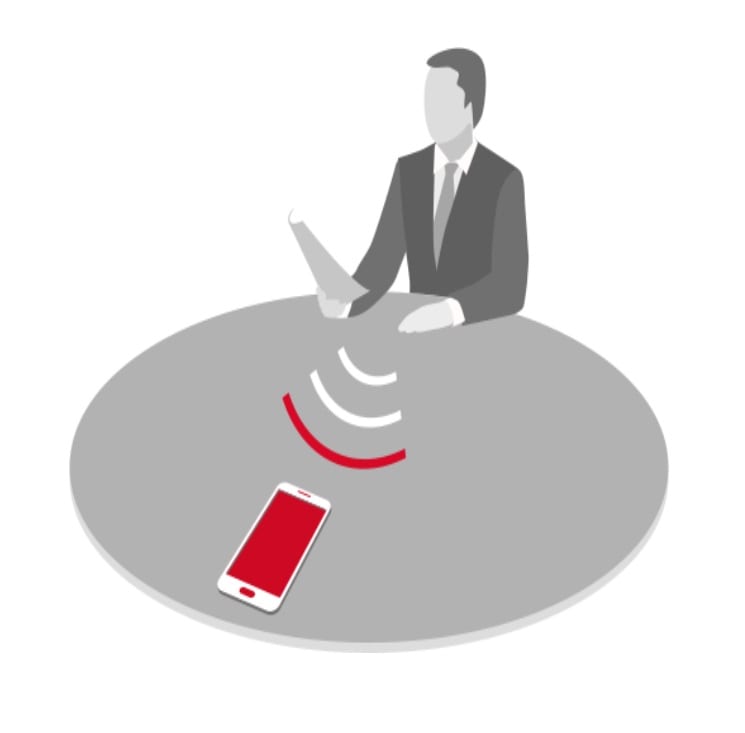
Remote programming
For some people getting into the clinic to see your audiologist can be a challenge. Maybe you live a long way from the clinic, are not able to get to appointments during work hours or are homebound, for medical or transport reasons. If this describes you, then we have a solution – Telecare audiology is now a reality.
Tele-audiology means that some of the hearing aid fitting process can be delivered from the comfort of your home or office. Once we have done a thorough hearing assessment and have fitted the hearing aids in the clinic (using real ear measures), we can do further follow-ups from a distance. All you need is a smartphone, and your hearing aids can be adjusted over the internet. Being able to customize your hearing aids from the comfort of your home makes the process of getting hearing aids more manageable than before.


Hearing aid style and cosmetics
Finding the most discrete hearing aids is a priority for many new hearing aid users. Cosmetics, of course, has to be balanced with comfort, reliability, sound quality and functionality (hearing well in more complex situations). Some of the smaller hearing aids, look great and may be able to compensate well for your hearing loss, but may not work as well as other styles in difficult listening situations.
Receiver in the canal (RIC)
The most commonly fitted style of hearing aids in recent times is the Receiver In the Canal (RIC), also known as the Receiver In The Ear (RITE) / (RIE). These hearing aids have a relatively small hearing aid that sits behind the ear, the receiver (loudspeaker) that sits in the ear.
These hearing aids are discreet, comfortable. and easy to wear. If there is a change in hearing levels, the receiver can be changed easily to a more powerful loudspeaker, in the clinic. Or if the receiver breaks down, it can be replaced in the clinic with less hassle (at a significantly lower repair cost). Receiver in the canal hearing aids can be worn with universal fit domes or custom moulds.
There are also many behind the ear styles available with various tubing options for those with more significant hearing loss or other specialise hearing needs.
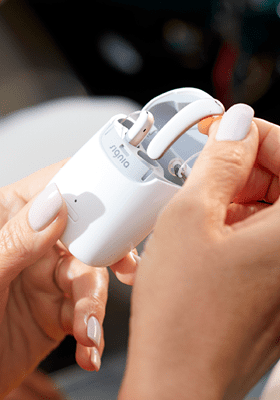
In the canal hearing aids (IICs, CICs and ITEs)
Some people prefer not the have anything sitting behind their ear. There are various size options available to match your priorities, including Invisible in the Canal (IIC) hearing aids, Completely in the Canal (CICs) and In the Ear (ITE) hearing aids. Most brands have these hearing aid styles available.
ITE hearing aids have historically come with trade-offs in comfort and reliability. Having an electronic device deep inside your ear means more problems with moisture and wax; these issues improved dramatically over the past few years. There are many in the ear styles available.

So – how would you like your hearing aids?
In my experience, most people like milk with their tea. Some people enjoy sugar in their coffee. Sometimes I prefer herbal tea.
How do you like your hearing aids?

Connectable?
Rechargeable?
Fall detection?
Remote programming?
Significant research and development in hearing aid technology means new hearing aids are being released almost continually. As you can see, there are many options to be considered when choosing hearing aids. It is essential to consider how you would like your hearing aids to work for you. Our needs assessment will help steer you in the right direction to get the hearing aids that suit your lifestyle and listening needs best. Finding out about your preferences is an integral part of choosing the best hearing aids for you.
At Auckland Hearing, we keep up to date with new developments from all the manufacturer’s product lines. This is so we can choose the most up to date hearing aids that are best suited to your needs.
ACC hearing aid funding – Included products and services
ACC covers the cost of accidents in New Zealand ACC provides “comprehensive, no-fault personal injury cover for all New Zealand residents and visitors to New Zealand. This means you can apply for our help,
A hearing journey – Your path to hearing again
Your Hearing Journey - The path to hearing again Hearing loss, hearing aids & making your decision Hearing loss, getting and then wearing hearing aids has been described as
Tips for the festive season – when you have a hearing loss
Christmas is a social time, a family time. It’s nice to sit back, relax and catch up with family and friends who we haven’t seen in a while. Sometimes it’s noisy, sometimes it’s hard to hear over the
What is that ringing in my ears?
Tinnitus – where is that sound coming from? Tinnitus is the name given to sound or noise heard in the head that does not come from an external source.
Why are my hearing aids whistling? What is causing that noise?
Are your hearing aids whistling? What is causing that noise? Acoustic feedback in current hearing aids The whistling noise hearing aids may make is called acoustic feedback (often
Did you know that hearing loss is linked to memory loss and dementia?
Did you know that hearing loss is linked to memory loss and dementia Hearing loss is widespread, and it affects people of all ages. There are











